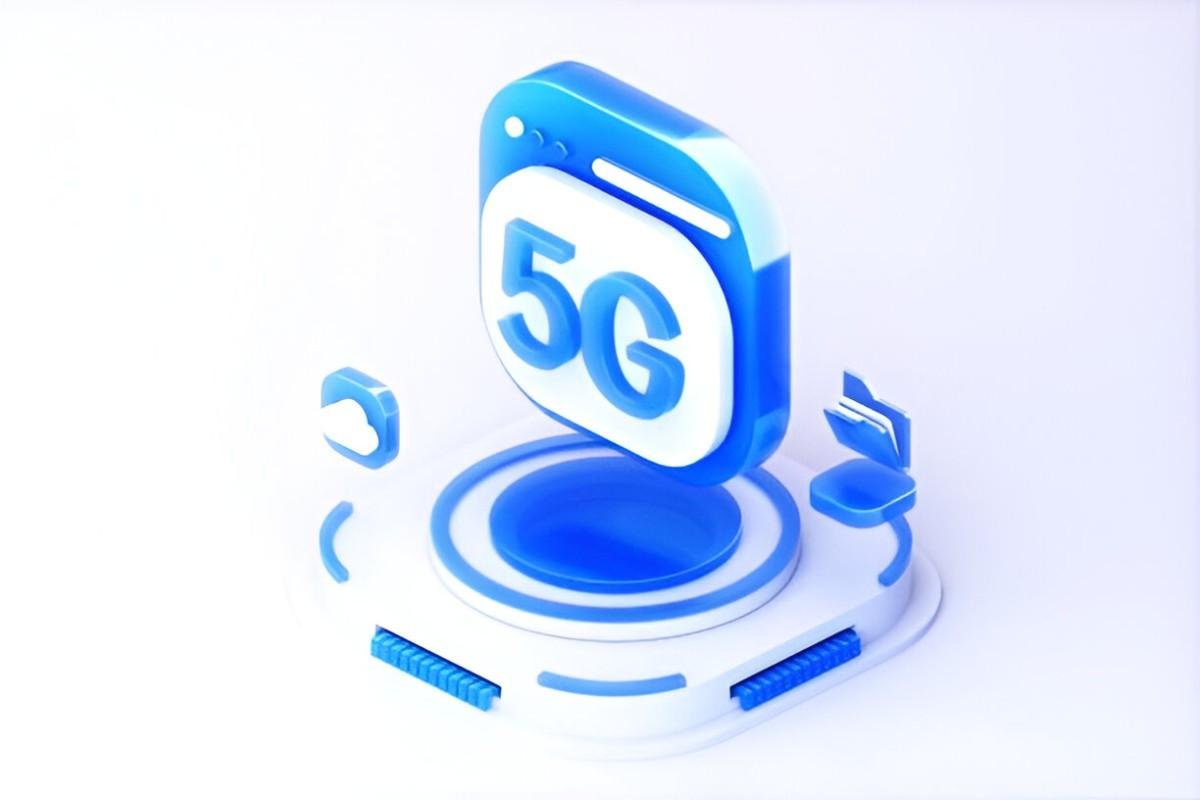The rollout of 5G networks represents one of the most transformative technological shifts of our decade. As an investment analyst who has tracked telecom infrastructure for years, I’ve seen firsthand how 5G is creating opportunities across multiple sectors. This guide will analyze the best ways to invest in this revolution through ETFs and mutual funds.
Table of Contents
Understanding the 5G Investment Landscape
5G isn’t just about faster phones – it’s enabling:
- Smart cities with connected infrastructure
- Autonomous vehicle communication networks
- Industrial IoT and advanced manufacturing
- Next-gen healthcare technologies like remote surgery
The total economic impact could reach $1.3 trillion by 2030 according to Accenture research. This creates investment potential across:
- Network Infrastructure Providers (towers, fiber, small cells)
- Semiconductor Companies (chipsets, radios)
- Device Manufacturers (phones, IoT equipment)
- Cloud/Edge Computing Providers
- Enterprise Software Developers
5G ETFs vs. Mutual Funds: Key Differences
| Feature | 5G ETFs | 5G Mutual Funds |
|---|---|---|
| Expense Ratio | 0.40-0.75% avg | 0.75-1.50% avg |
| Trading | Intraday like stocks | End-of-day pricing |
| Minimum Investment | Share price (~$50) | Often $1,000+ |
| Tax Efficiency | More efficient | Less efficient |
| Active Management | Typically passive | Some active options |
Top 5G ETF Picks
1. Defiance Next Gen Connectivity ETF (FIVG)
- Expense Ratio: 0.80%
- Holdings: 75 stocks
- Focus: Pure-play 5G companies
- Top Holdings: Qualcomm, Marvell, Analog Devices
2. Global X Internet of Things ETF (SNSR)
- Expense Ratio: 0.68%
- Holdings: 45 stocks
- Focus: IoT enabled by 5G
- Top Holdings: Sierra Wireless, Silicon Labs
3. First Trust Nasdaq Smartphone ETF (FONE)
- Expense Ratio: 0.70%
- Holdings: 100 stocks
- Focus: Device manufacturers
- Top Holdings: Apple, Samsung, Xiaomi
Leading 5G Mutual Funds
1. Fidelity Select Communications Equipment (FSDCX)
- Expense Ratio: 0.77%
- 5G Exposure: ~60% of portfolio
- Minimum Investment: $2,500
- Performance: +18.3% annualized (5-year)
2. T. Rowe Price Global Technology (PRGTX)
- Expense Ratio: 0.91%
- 5G Exposure: ~40% of portfolio
- Minimum Investment: $2,500
- Performance: +22.1% annualized (5-year)
Allocation Strategies
For a $50,000 portfolio, I recommend:
- Core Position (50%)
- FIVG ETF ($25,000)
- Provides broad 5G exposure
- Satellite Positions (30%)
- SNSR ETF ($10,000) – IoT focus
- FSDCX mutual fund ($5,000) – Active management
- Opportunistic (20%)
- Individual stocks like Qualcomm ($7,000)
- Cash for dips ($3,000)
Risk Analysis
5G investments carry unique risks:
- Regulatory Risk – Spectrum allocation delays
- Adoption Risk – Slower-than-expected rollout
- Competition Risk – Technology shifts
- Valuation Risk – Many stocks trade at high P/Es
The 5G rollout follows an S-curve adoption pattern:
A(t) = \frac{1}{1+e^{-k(t-t_0)}}Where:
- A(t) = Adoption rate at time t
- k = Growth rate
- t₀ = Inflection point
Current estimates suggest we’re at about 30% adoption in the US, with the steepest growth phase coming in 2024-2027.
Tax Considerations
- ETFs generally more tax-efficient due to creation/redemption process
- Mutual funds may generate more capital gains distributions
- Consider holding in tax-advantaged accounts when possible
When to Invest
The 5G investment cycle has three phases:
- Infrastructure Buildout (2019-2023) – Tower companies, fiber
- Device Adoption (2023-2026) – Phones, IoT devices
- Applications Growth (2026+) – Software, services
We’re currently transitioning from Phase 1 to Phase 2, making this an opportune time to establish positions.
Monitoring Your Investments
Key metrics to watch:
- Carrier capital expenditures (Verizon, AT&T, T-Mobile)
- Semiconductor order growth
- Device sales figures
- International rollout progress
I recommend quarterly portfolio reviews to adjust allocations as the market evolves.
Final Recommendations
For most investors, a combination of:
- A broad 5G ETF (60-70% of allocation)
- A focused mutual fund (20-30%)
- Selective individual stocks (0-10%)
Provides the optimal balance of diversification and growth potential. The 5G revolution is still in its early innings, making this an attractive long-term growth opportunity.





